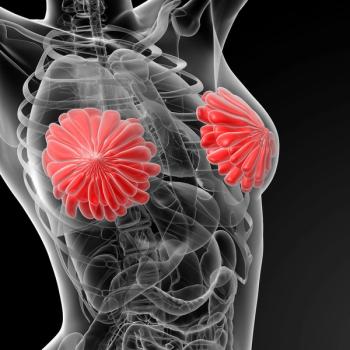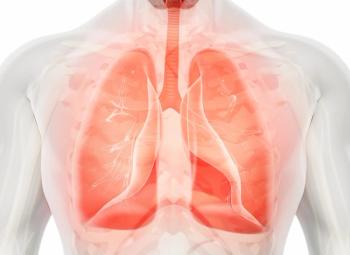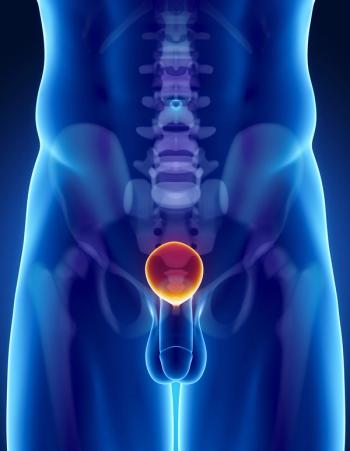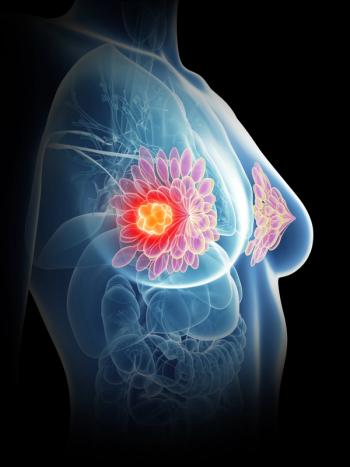![No tracer-related adverse effects were observed in the study, with [18F]AIF-NOTA-PCP2 showing acceptable dosimetry in patients with head and neck cancers.](https://cdn.sanity.io/images/0vv8moc6/cancernetwork/566910aff802a39d5d1afef401d33f429392d845-1200x886.jpg?w=350&fit=crop&auto=format)
No tracer-related adverse effects were observed in the study, with [18F]AIF-NOTA-PCP2 showing acceptable dosimetry in patients with head and neck cancers.

Your AI-Trained Oncology Knowledge Connection!

![No tracer-related adverse effects were observed in the study, with [18F]AIF-NOTA-PCP2 showing acceptable dosimetry in patients with head and neck cancers.](https://cdn.sanity.io/images/0vv8moc6/cancernetwork/566910aff802a39d5d1afef401d33f429392d845-1200x886.jpg?w=350&fit=crop&auto=format)
No tracer-related adverse effects were observed in the study, with [18F]AIF-NOTA-PCP2 showing acceptable dosimetry in patients with head and neck cancers.

Data support incorporating volumetric PET biomarkers into toxicity risk prediction for patients receiving CAR T-cell therapy for LBCL.

68Ga-FAPI-46 PET’s SUVpeak was highest in patients with pancreaticobiliary cancer, sarcoma, lung cancer, and esophageal/gastrointestinal cancer.

Compared with 18F-FDG, the use of 68Ga-NODAGA-LM3 appears to favor bone and brain lesion detection among patients with small cell lung cancer.

Tumor penetration of atigotatug in fuc-GM1-positive lung, liver, and bone lesions was observed in those with extensive-stage small cell lung cancer.

225Ac-LNC1011 targeted α therapy elicited an ORR of 50.0% in patients with PSMA-positive prostate cancer in a phase 1 trial.

Retrospective analysis at SNMMI 2025 revealed α-FRT with 225AC-3BP-3940 was well tolerated and elicited responses in pretreated metastatic breast cancer.

Use of PET-guided radiotherapy may enable the opportunity to incorporate biological information into the planning and delivery of radiation.

The use of 68Ga pentixafor complements fluorodeoxyglucose and had no correlation with CXCR4 immunohistochemistry.
![A retrospective study shows that [177Lu]Lu-PSMA-617 retreatment led to a median OS of 14.5 months in castration-resistant prostate cancer.](https://cdn.sanity.io/images/0vv8moc6/cancernetwork/f5ef402e3456a83ca4765506f26761d323734d14-446x339.jpg?w=350&fit=crop&auto=format)
Results from a retrospective study show that 177Lu-PSMA-617 retreatment led to a median OS of 14.5 months in castration-resistant prostate cancer.

Treatment with 177Lu-PSMA-617 resulted in poor outcomes for patients with metastatic castration-resistant prostate cancer whose tumors had little to no prostate-specific membrane antigen expression.

Patients with gastrointestinal stromal tumors may benefit from 68GA-RM26 PET/CT vs 18F-FDG, according to findings presented at the 2022 Society of Nuclear Medicine & Molecular Imaging Annual Meeting.

Independent factors such as the integrated clinical radiomics model and 18F-FDG PET/CT radiomics signature may be predictive of progression-free survival in breast cancer.

Data from the SPOTLIGHT trial indicate agreement among trained PET readers was highly concordant with use of 18F-rhPSMA-7.3 imaging for recurrent prostate cancer.